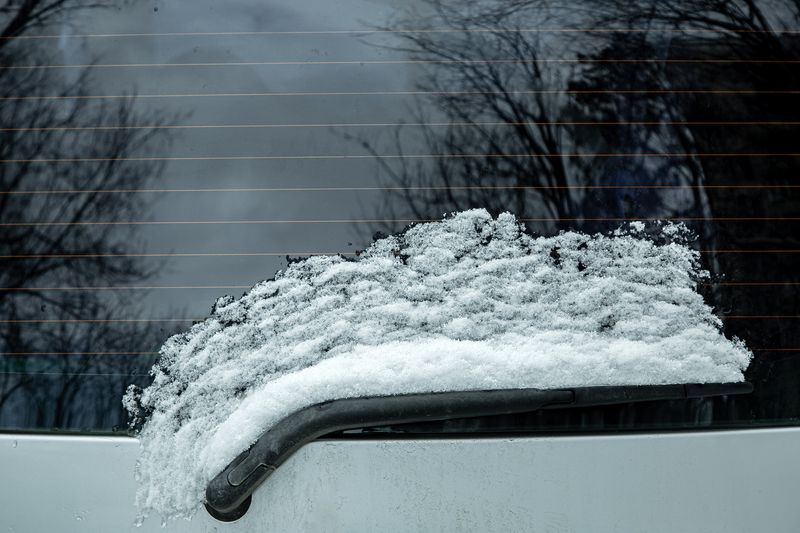There are many features on a car that have a clear purpose (even if it seems like some people don’t know what the stick on the side of the steering wheel is for), but spend enough time in one and you’ll notice things that have no obvious explanation. What’s that weird thing on the dashboard? Why is there a bunch of dots on the windscreen? And what on Earth are those lines on the rear windshield for?
What are those lines?
It might seem like a design flaw to have something on a window that could potentially obscure your view whilst driving, but when it comes to cold weather, the lines on the back window are actually what’s keeping the view as clear as possible.
That’s because they’re part of a car’s secondary or rear defroster; the lines are in fact super thin wires made out of metal and resin, either applied to the surface of the rear window glass using an adhesive or sandwiched between glass layers.
When an electrical current is sent through these wires, there is resistance, and this can generate heat. It’s this dose of warmth that’ll see the rear window quickly freed of fog and if you wait a little while longer, it should melt any frost that’s formed over the glass too.
Why isn’t it working?
You’ve got yourself in the car on a frosty winter’s morning, popped your coffee in the holder and set up your tunes whilst it’s warming up, you turn your head so you can start reversing out the driveway, but wait – the rear window is still all fogged up.
It’d be easy to blame it on the universe trying to make you late for work, but there are three common, much more practical reasons as to why the window hasn’t cleared.
If the defroster has seen a lot of use as of late, one of the first things to check is whether or not the fuse has blown, since defrosters can draw a fairly hefty amount of power. Luckily, this is a pretty easy fix, as it simply involves swapping out the blown fuse for a new one.
Stepping into “slightly less easy to DIY” territory, it’s possible there could be a problem with the grid itself. This is particularly common where the lines have been applied straight to the surface of the glass, making them vulnerable to damage – this interrupts the circuit and thus, there’ll be no heat. Such damage can be repaired either with DIY kits or by professionals.
And lastly, an explanation that’s equal parts simple and frustrating, seeing as it’ll probably land you with a trip to the garage – the electrics in the defroster button have gone.





